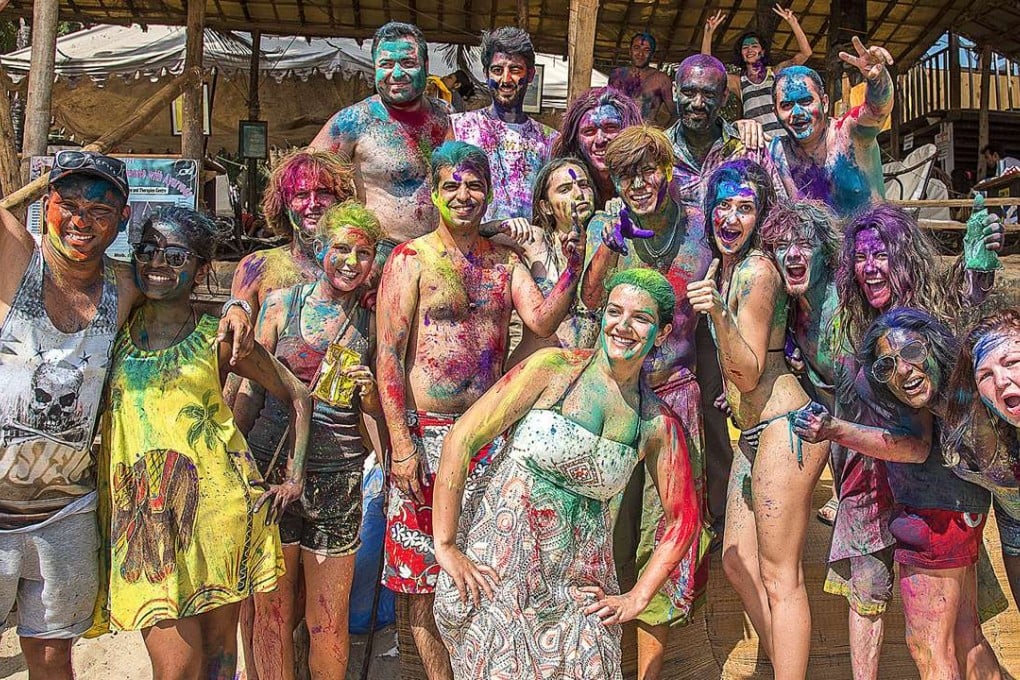Beach hopping in Goa, India’s colourful smallest state (just mind the coconuts)
Dodging coloured powder, cows and coconuts on the beaches of Goa, India’s smallest state.

Not much happens in the laid-back beach settlement of Palolem, so when a Scandinavian woman is hit by a falling coconut, word gets around fast. Later we learn the unlucky tourist has nothing more than a sore head but that doesn’t stop the rest of us from spending the day looking up, just in case.
Palolem lies in the far south of Goa. Palm trees swoon over sautéing sunbathers and a broad swathe of sand is lined with a ramshackle collection of wooden chalets. The village provides all the services an international beach community needs, including money changers, massage centres, henna tattooists and hair braiders.
How to get to know India through its food: an insider’s guide to some must-try experiences
Goa is India’s smallest state and covers an area roughly three times the size of Hong Kong. A Portuguese colony for more than 400 years, until 1961, it retains a cultural, religious and architectural colonial legacy, as well as a roll call of Iberian-sounding surnames, such as Fernando, D’Silva and Alvarez. Tourists are drawn to a string of more than 50 sandy beaches, some popular with families, others renowned for their party vibe, and a handful where cows still outnumber people.

All kinds of characters wash up in Palolem. There are fresh-faced backpackers on extended trips and package holiday-makers here for a week. Older long-termers rent rooms by the month at discounted rates. Yoga devotees swap ashram anecdotes with wannabe chefs on Indian cookery courses and health tourists take advantage of low-cost dental treatment. Two Australians are passing through as they tour the subcontinent by motorbike and a dreadlocked Canadian is learning to play the sitar. Weed smokers and a bevy of alcoholics further enrich the demographic. No one could ever get tired of people-watching in Palolem.